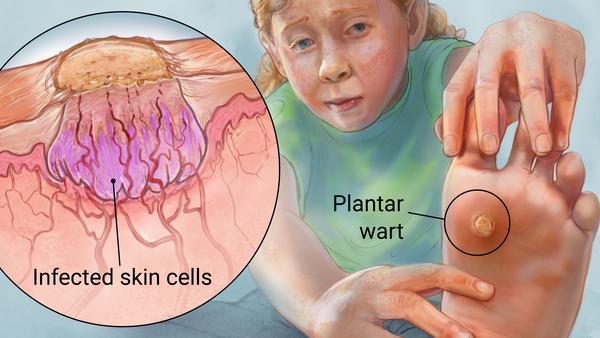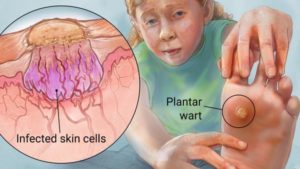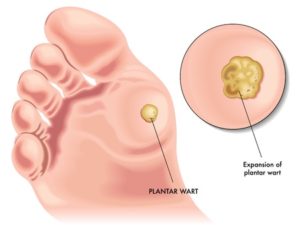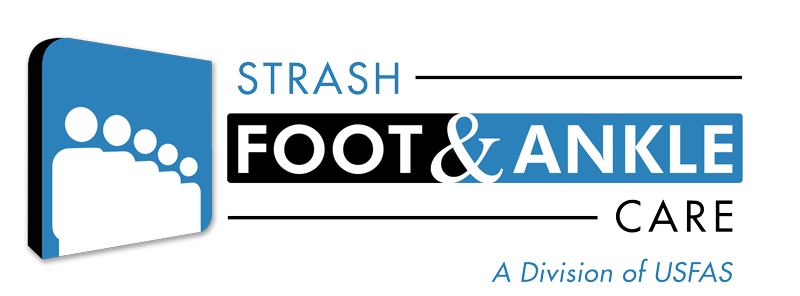
15 Feb Plantar Warts | More Common Than You Think
This is your year. New Year, New You is just going to be a motto, it’s a new way of life.
You’ve got yourself a membership to a gym, and this year it’s actually sticking. You wouldn’t go so far as to say that you enjoy working out, but it’s growing on you. A month in, you are almost getting excited to workout two or three times a week. Wouldn’t you know, the hard work is already paying off. You’ve already lost some weight and put on some muscle.
Now, what is that thing growing on the bottom of your foot? Is that a wart?
Public locker rooms are notorious areas for contracting plantar warts. Warts are caused by viruses that come in contact with the skin. Places where people go barefoot in public are places where you can pick up wart from someone who left the virus behind.
What is a plantar wart?
Simply put, a plantar wart is a wart on the bottom of the foot. Warts are caused by a virus that settles into the DNA of the skin cells. The virus is known as HPV or human papilloma virus. There are many different strains of HPV. the most serious being the stains, which can lead to cervical cancer. Plantar warts are caused by benign versions of HPV, so there’s little chance that cancer can occur. The most common complaint of plantar warts is pain with weight-bearing.

The reason warts are so painful are twofold. Not only do warts cause the skin to get thick and hard, warts also pulls surrounding deep tissues to the surface of the skin. HPV causes a hyper expression of proteins within the skin cells, causing excessive skin growth, which we see as characteristic shape and look of a wart.
When a pathologist looks at the wart under a microscope, the skin cells appear to grow in a pattern called arborization. Like the branches of a tree growing and spreading up into the sky, the skin grows similarly away from the body if with HPV.

The excessive thickening and hardening of the skin puts extra pressure on the pain receptors in the foot, making it feel like you’re walking a pebble embedded in the skin. Also, capillaries and nerve endings get caught in the skin as it mushrooms to the surface, leaving the nerves exposed and more easily irritated.
Is that callus on my skin really a wart?
Not all thick skin on the bottom of foot is created equal. Some calluses are caused by pressure, shear friction, and rubbing. Others are the result of pathologic processes, meaning something went wrong during growth of the cell.
Here at Strash Foot and Ankle Care, we take the time to correctly diagnose the callus on the bottom of your foot.
“If your doctor isn’t taking X-rays and possibly biopsying the lesion, then they could be under diagnosing your condition or even mistreating your callus. As I’ve taken more biopsies of calluses on the foot, I’ve come to realize there’s more going on than meets the eye,” says Dr. Bills. “I’ve found many more warts than I had originally expected, which is treated entirely differently than a simple callus.”
Better diagnoses then lead to more effective treatments.
We have great success getting rid of plantar warts all together. There are a variety different treatment options for eliminating the virus in the foot. They range from conservative to surgical. Acid creams, excision, injections, laser therapy are all options when treating plantar warts.
Don’t wait. Call and make your appointment today at Strash Foot & Ankle Care where our number one priority is to help you place your best foot forward, again!

